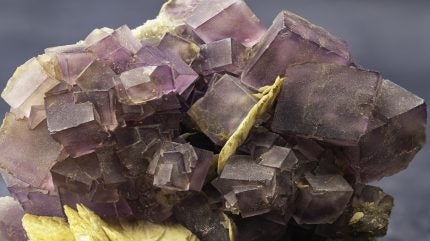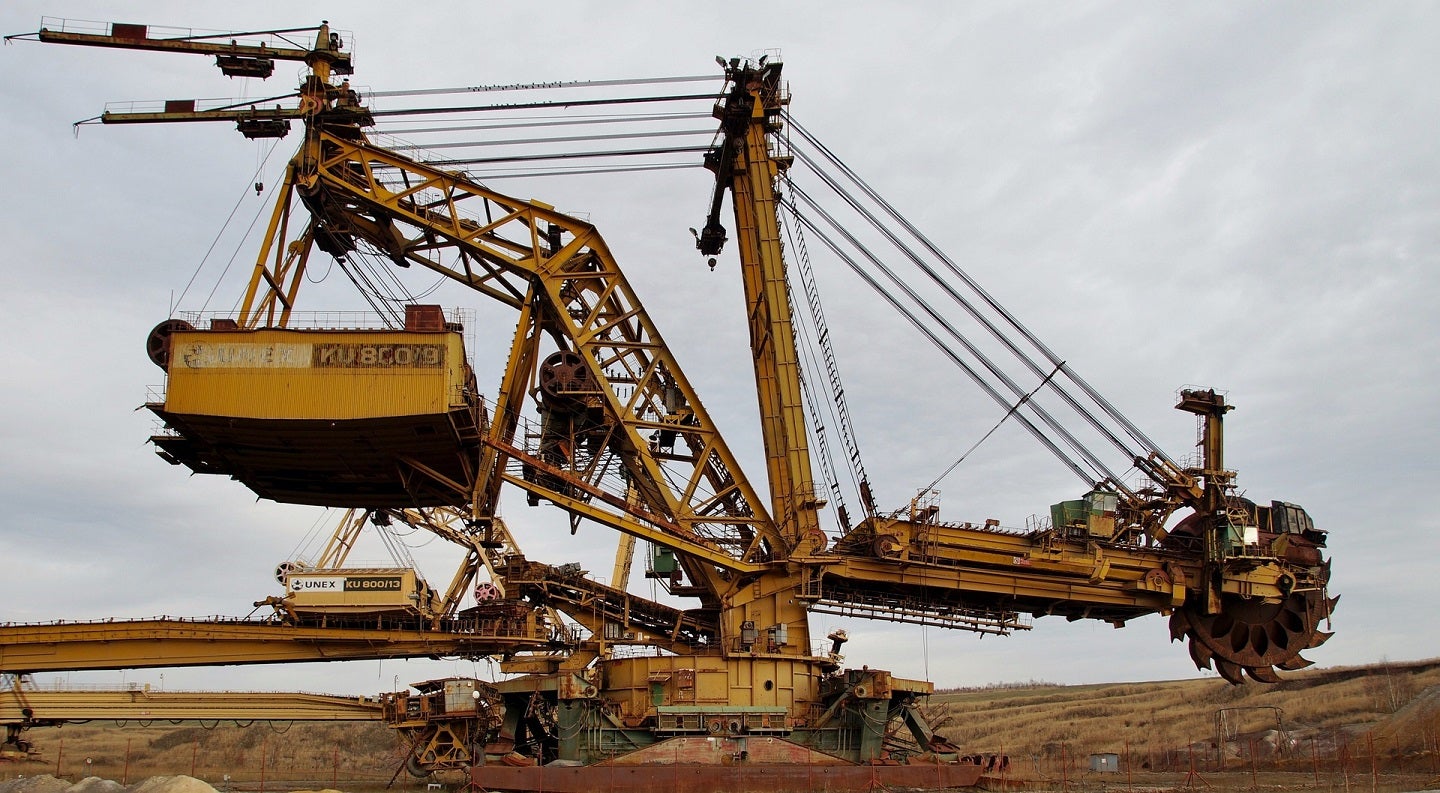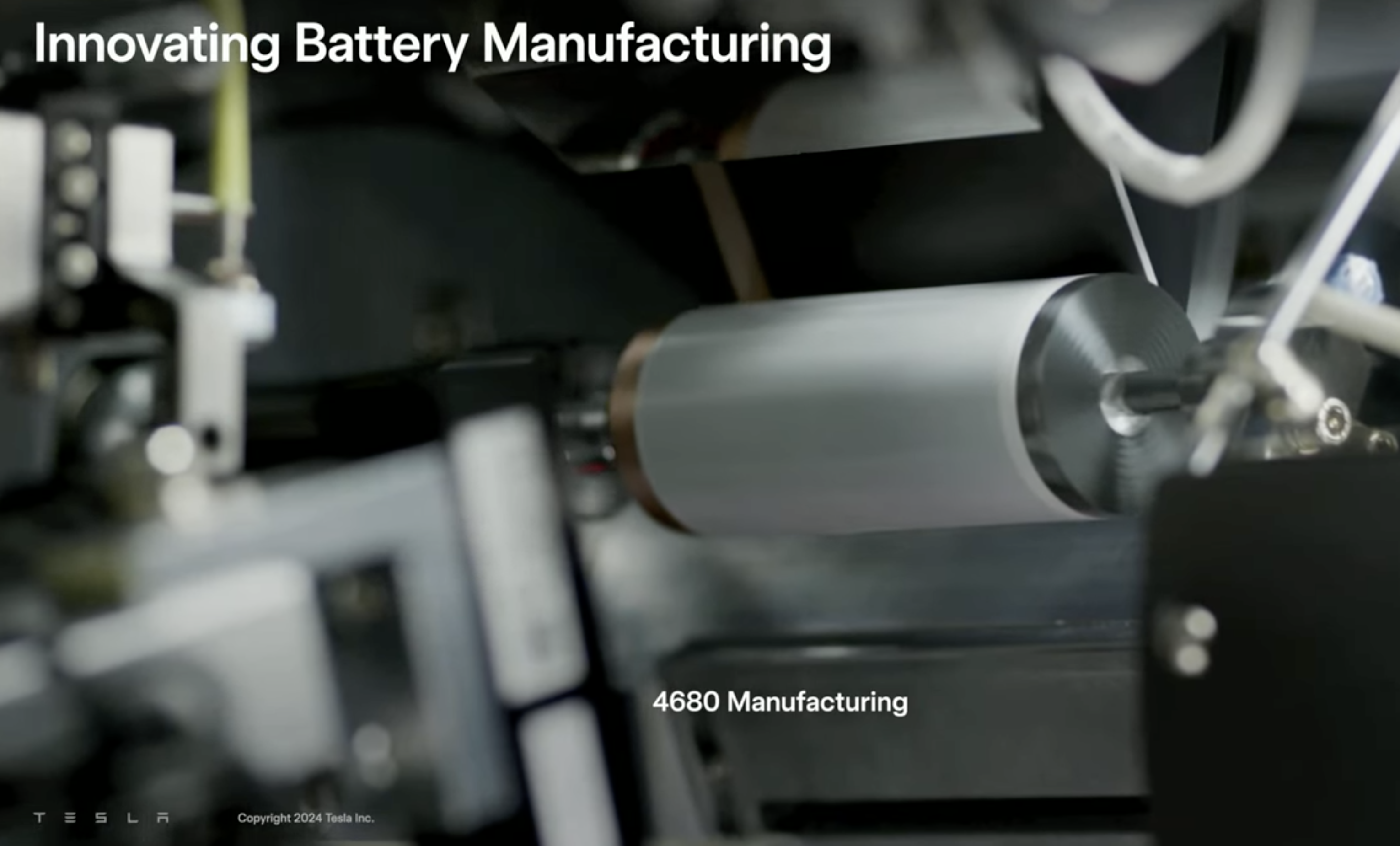
The search for lighter, smaller, more powerful, and less expensive batteries is taking place at research institutes all around the world. Argonne National Lab in Illinois is one of them. One of its many research projects is investigating ways of making better lithium-sulfur batteries.
Why bother? Because sulfur is cheap and abundant (the two usually go hand in hand). Reducing the cost of batteries will be one key to manufacturing electric vehicles that are more affordable. They also can store two to three times more energy in a given space, which means longer range and/or smaller battery packs that offer the same range as current batteries.
Another advantage is that using sulfur eliminates the need for cobalt or nickel in the batteries we rely on to power our electric vehicles and grid-scale energy storage systems today. The quest for those materials has sparked concerns about the social cost of mining them. Eliminate cobalt and nickel from the mix and those concerns disappear.
So why aren’t lithium-sulfur batteries in general use? Because they work well in the lab, but have a distressing tendency to fail after just a few charge/discharge cycles in the real world. The researchers at Argonne National Lab say they may have a handle on that problem. For some context, understand that the research at Argonne has been going on for a decade. These things take time, and time is one of the things we humans have little of if we hope to put the genie called global heating back in the bottle.
The underlying cause of this performance decline lies in the dissolution of sulfur from the cathode during discharge, leading to the formation of soluble lithium polysulfides (Li2S6). These compounds flow into the lithium metal negative electrode (anode) during charging, further exacerbating the issue. Consequently, the loss of sulfur from the cathode and alterations in the anode composition significantly hinder the battery’s performance during cycling, Argonne says.
Recently Argonne scientists developed a catalytic material that, when added in a small amount to the sulfur cathode, essentially eliminated the sulfur loss problem. While this catalyst showed promise in both laboratory and commercial size cells, how it worked at the atomic scale remained an enigma — until now. Further research helped explain the process. Those findings were published on September 6 in the journal Nature.
In the absence of the catalyst, lithium polysulfides form at the cathode surface and undergo a series of reactions, ultimately converting the cathode to lithium sulfide (Li2S). “But the presence of a small amount of catalyst in the cathode makes all the difference,” said . “A much different reaction pathway follows, one free of intermediate reaction steps.”
Key is the formation of dense nanoscale bubbles of lithium polysulfides on the cathode surface, which do not appear without the catalyst. These lithium polysulfides rapidly spread throughout the cathode structure during discharge and transform to lithium sulfide consisting of nanoscale crystallites. This process prevents the sulfur loss and performance decline in commercial-size cells.
To get the answers they needed, the scientists employed advanced characterization techniques. Analyses of the catalyst’s structure with the intense synchrotron X-ray beams at the Advanced Photon Source, a DOE Office of Science user facility, revealed that it plays a critical role in the reaction pathway. The catalyst structure affects the shape and composition of the final product upon discharge, as well as the intermediate products. With the catalyst, nano-crystalline lithium sulfide forms upon full discharge. Without the catalyst, micro-scale rod shaped structures form instead.
Lithium-Sulfur Research Is Global
How long will it be before lithium-sulfur batteries are ready for prime time? Who knows? It could be months, years, or even decades. One important lesson from this is that research does not take place in a vacuum.
In addition to Gui-Liang Xu, the lead researcher, others included Shiyuan Zhou, Jie Shi, Sangui Liu, Gen Li, Fei Pei, Youhu Chen, Junxian Deng, Qizheng Zheng, Jiayi Li, Chen Zhao, Inhui Hwang, Cheng-Jun Sun, Yuzi Liu, Yu Deng, Ling Huang, Yu Qiao, Jian-Feng Chen, Khalil Amine, Shi-Gang Sun and Hong-Gang Liao. Not many Smiths and Joneses on that list, are there?
In addition to Argonne National Lab, other participating institutions include Xiamen University, Beijing University of Chemical Technology, and Nanjing University. Those last three are located in China, a country the US has rather frosty relations with at the moment. Many Americans believe China is the new Russia, bent on destroying the nation so it can rule the world with an iron fist. Maybe Xi Jinping is the Nakita Khrushchev reincarnated?
The simple truth is, the crisis of an overheating planet doesn’t play favorites and could care less about politics. It is going to upend life on Earth as we know it in ways that we can only dimly understand at the moment. Battery storage will be crucial to the need to electrify everything with renewable energy in order to limit the damage from climate change. To borrow a line from the American Revolution, “We must all hang together or we shall all hang separately.”

Science-Speak
Language can be a barrier to the dissemination of knowledge. There is an urban legend about two senators — on Republican and one Democrat — who listened to a day of testimony from scientists about some abstruse technical breakthrough. At the end, one turned to the other and said, “”Did you understand any of that?” His colleague replied, “Nope. Not one word.”
What is discussed above is intended to make this research from Argonne National Lab accessible to those of us who are not scientists. The abstract to the paper published in Nature is rather hard to decipher.
Benefiting from high energy density (2,600 Wh/kg) and low cost, lithium–sulfur (Li–S) batteries are considered promising candidates for advanced energy storage systems. Despite tremendous efforts in suppressing the long standing shuttle effect of lithium polysulfides, understanding of the interfacial reactions of lithium polysulfides at the nanoscale remains elusive. This is mainly because of the limitations of in situ characterization tools in tracing the liquid–solid conversion of unstable lithium polysulfides at high temporal–spatial resolution.
There is an urgent need to understand the coupled phenomena inside Li–S batteries, specifically, the dynamic distribution, aggregation, deposition and dissolution of lithium polysulfides. Here, by using in situ liquid-cell electrochemical transmission electron microscopy, we directly visualized the transformation of lithium polysulfides over electrode surfaces at the atomic scale.
Notably, an unexpected gathering-induced collective charge transfer of lithium polysulfides was captured on the nanocluster active-center-immobilized surface. It further induced an instantaneous deposition of nonequilibrium Li2S nanocrystals from the dense liquid phase of lithium polysulfides. Without mediation of active centres, the reactions followed a classical single-molecule pathway, lithium polysulfides transforming into Li2S2 and Li2S step by step.
Molecular dynamics simulations indicated that the long range electrostatic interaction between active centers and lithium polysulfides promoted the formation of a dense phase consisting of Li+ and Sn2− (2 < n ≤ 6), and the collective charge transfer in the dense phase was further verified by ab initio molecular dynamics simulations. The collective interfacial reaction pathway unveils a new transformation mechanism and deepens the fundamental understanding of Li–S batteries.
Suffice to say, lithium-sulfur batteries with up to 2,600 Wh/kg of energy density would transform battery storage in a way that could impact every human on Earth. The typical time for new technologies to transfer from the lab to commercial production is ten years, which means we could see the first cars and trucks with lithium sulfur batteries in about 2034 — if the global superpowers haven’t blown us all into smithereens before then.
I don’t like paywalls. You don’t like paywalls. Who likes paywalls? Here at CleanTechnica, we implemented a limited paywall for a while, but it always felt wrong — and it was always tough to decide what we should put behind there. In theory, your most exclusive and best content goes behind a paywall. But then fewer people read it! We just don’t like paywalls, and so we’ve decided to ditch ours. Unfortunately, the media business is still a tough, cut-throat business with tiny margins. It’s a never-ending Olympic challenge to stay above water or even perhaps — gasp — grow. So …




